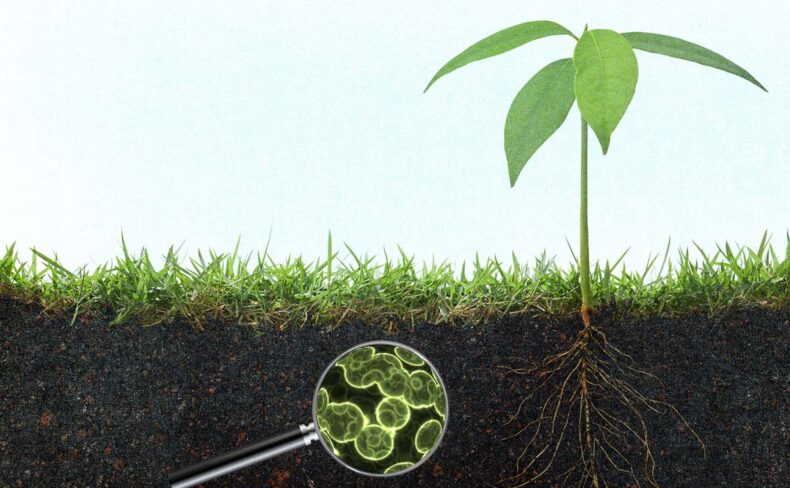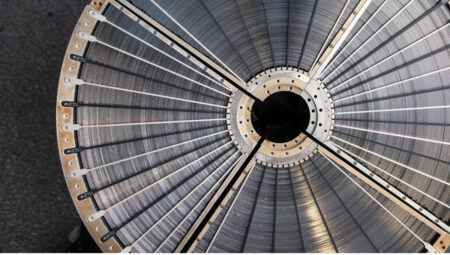Can soil be a contributing factor to the global climate crisis? A study indicates an approximate increase of 2% per decade in heterotrophic respiration since the 1980s. A recent research published in Nature Communications elaborated on the future soar in the CO2 emissions by at least 40% by the year 2100, typically in polar areas.
Although soil CO2 accounts for only 20% share in the total atmospheric CO2, but as the surge in atmospheric CO2 is directly proportional to global warming, the study has shown significant relation between the two.
The Soil and Climate Study
The study was a collaborative effort from the researchers of ETH Zurich, University of Lausanne, the Swiss Federal Institute of Forest, Snow and Landscape Research WSL, the Swiss Federal Institute of Aquatic Science and Technology, Eawag. To rule out the probability of false outcomes, the scientists deployed their model on different observable levels, from the microscopic level encompassing soil structure which includes moisture and water distribution to ecosystem level involving plant communities, forests areas, climatic zones, to predict trends on a global scale.
The researchers while analyzing heterotrophic respiration across various climatic zones included numerous parameters for the study but the two most notable parameters were found to be soil temperature, and soil moisture. The scientists were able to conclude that the heterotrophic respiration differs significantly across latitudes and longitudes around the globe.
The results were backed by simulations, field observations, and laboratory readings. The model thus revealed an escalated trend of global heterotrophic respiration rate by 40% as compared to the present trends based on future projections in extreme climate scenarios by the end of this century.
Zonal Increase in CO2 Emissions
As of present, the warm climatic regions are the maximum contributors of CO2 from soil organisms, i.e. 67%. The scale keeps on decreasing as we go near the poles- subtropics with 23%, temperate areas 10%, and a low as 0.1% in and around arctic/polar zones.
The study forecasts a reversal, but significant surge in trends around the regions by the end of this decade. With contributions of 119% from polar or arctic regions, this will be followed by 48% in the temperate areas, 40% subtropics, and 38% from tropical areas of earth.
The prime reason for this drastic change is deduced to be the temperature and the heterotrophic needs of the microbial community. The scientists concluded that as the surface temperature of the soil will go up, the microbial CO2 emissions will also surge. Additionally, the heterotrophic respiration favors partially saturated soil- neither too wet, nor too dry. The polar regions promote such conditions during thawing season, which is observably predominant during these current days of climate crisis.
CO2 is absorbed by the plants through photosynthesis, but the release of CO2 happens through multiple mechanisms- microbial (heterotrophic) respiration, soil respiration (release of CO2 from roots), respiration by plants. Soil also acts as a reservoir to store CO2– carbon sinks. Whether or not it is more a sink than a source is yet to be identified which would be a future focus of the study.
Alon Nissan, one of the lead researchers of the study, expressed the need to study such behavioral changes in response to climate dynamics because such escalation would be a reason to aggravate the climate crisis.













